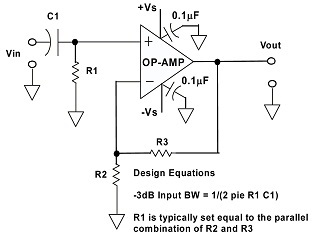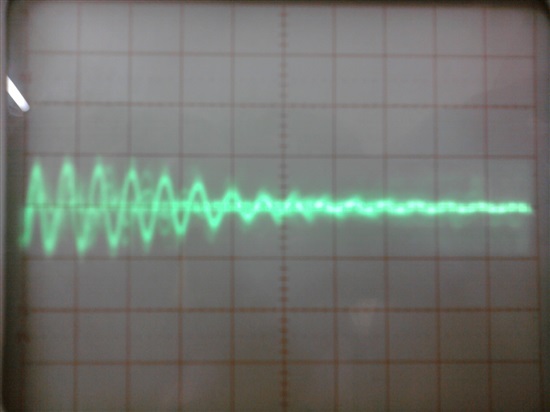
in above ckt these are values.
C1=150uF
R1=10k
R2,R3=20k
VS=12 and -12v,
Vin has a Accelerometer whose output is around 9 Vdc+AC signal. when it is at rest i see 200mv peak to peak noise in the wavefom. but if i replace R1 with 100 and r2,r3 to 200 that noise come down to 10mvpp. what is wrong with above ckt?



